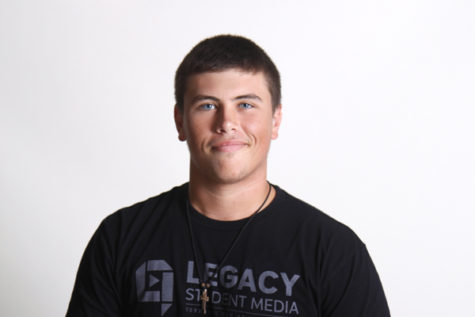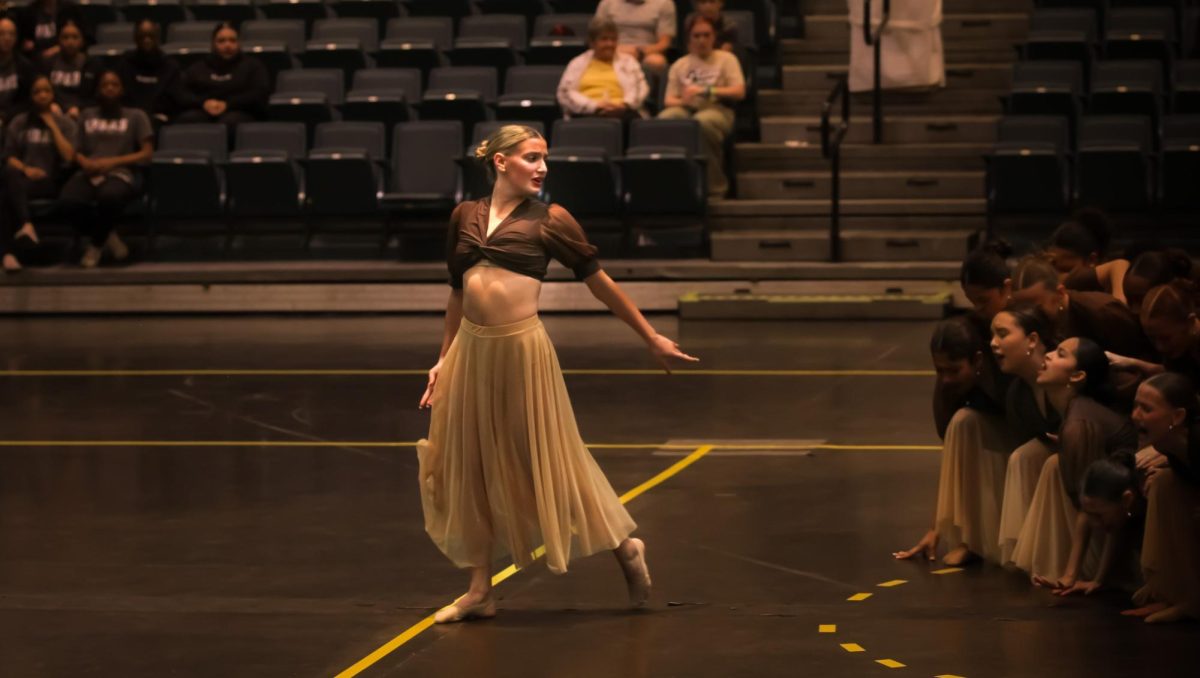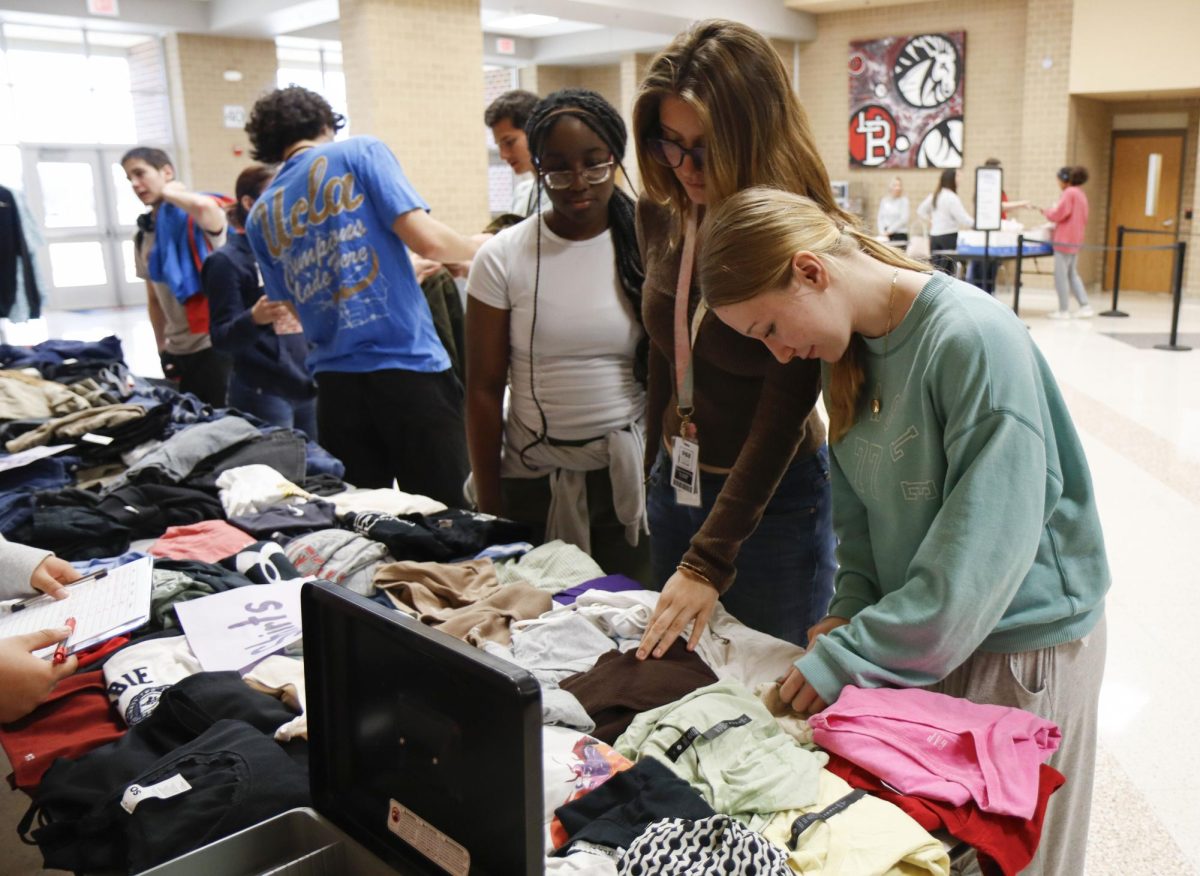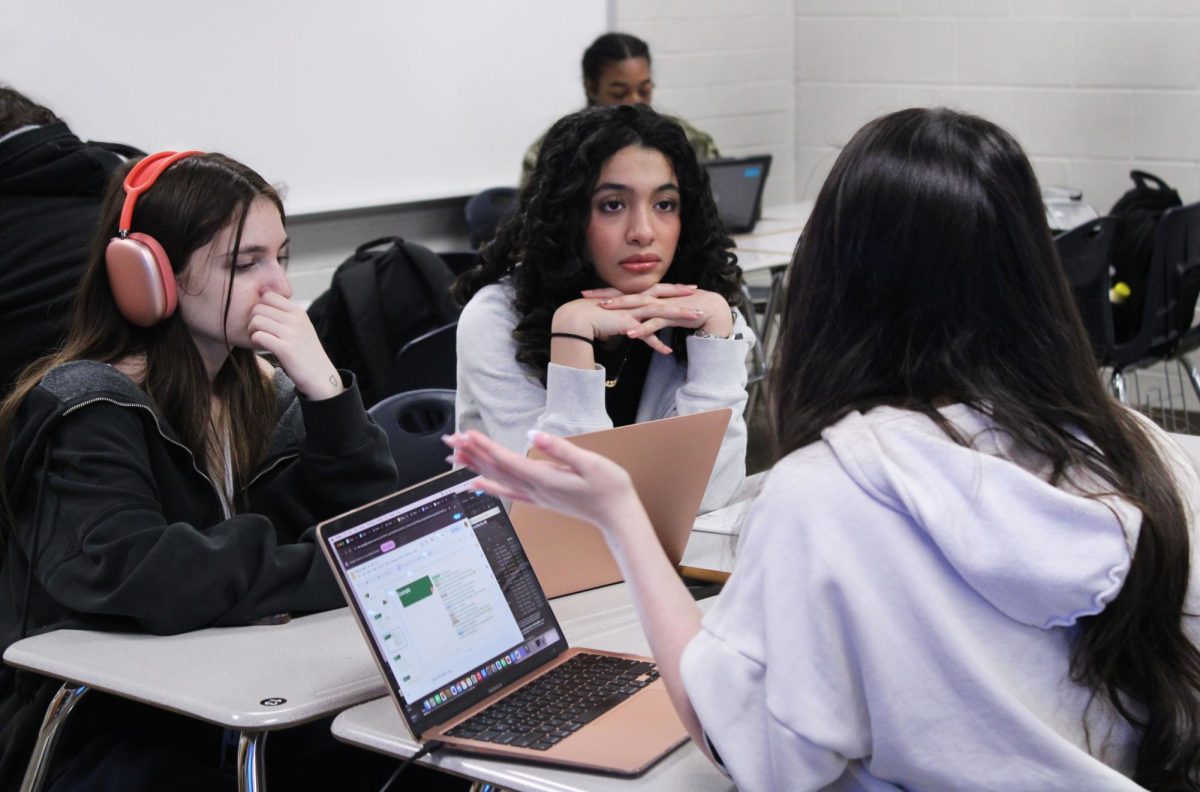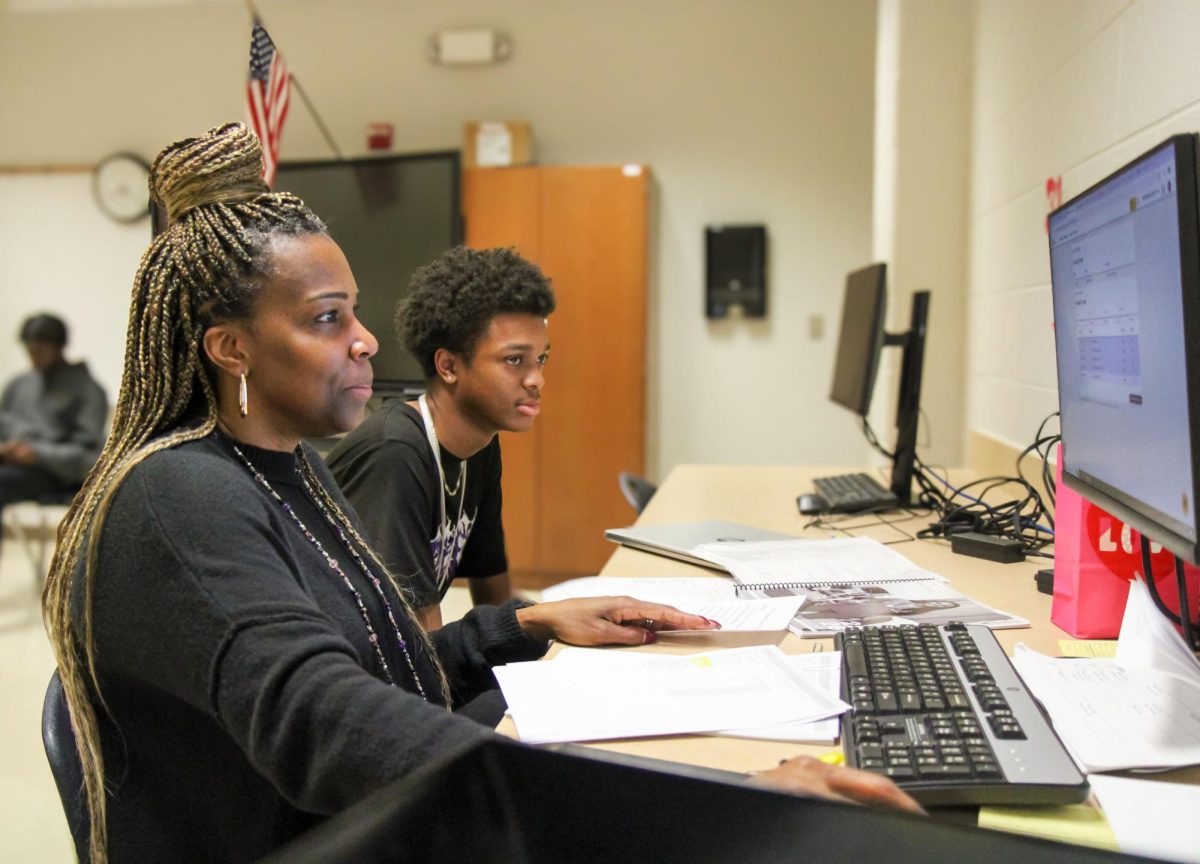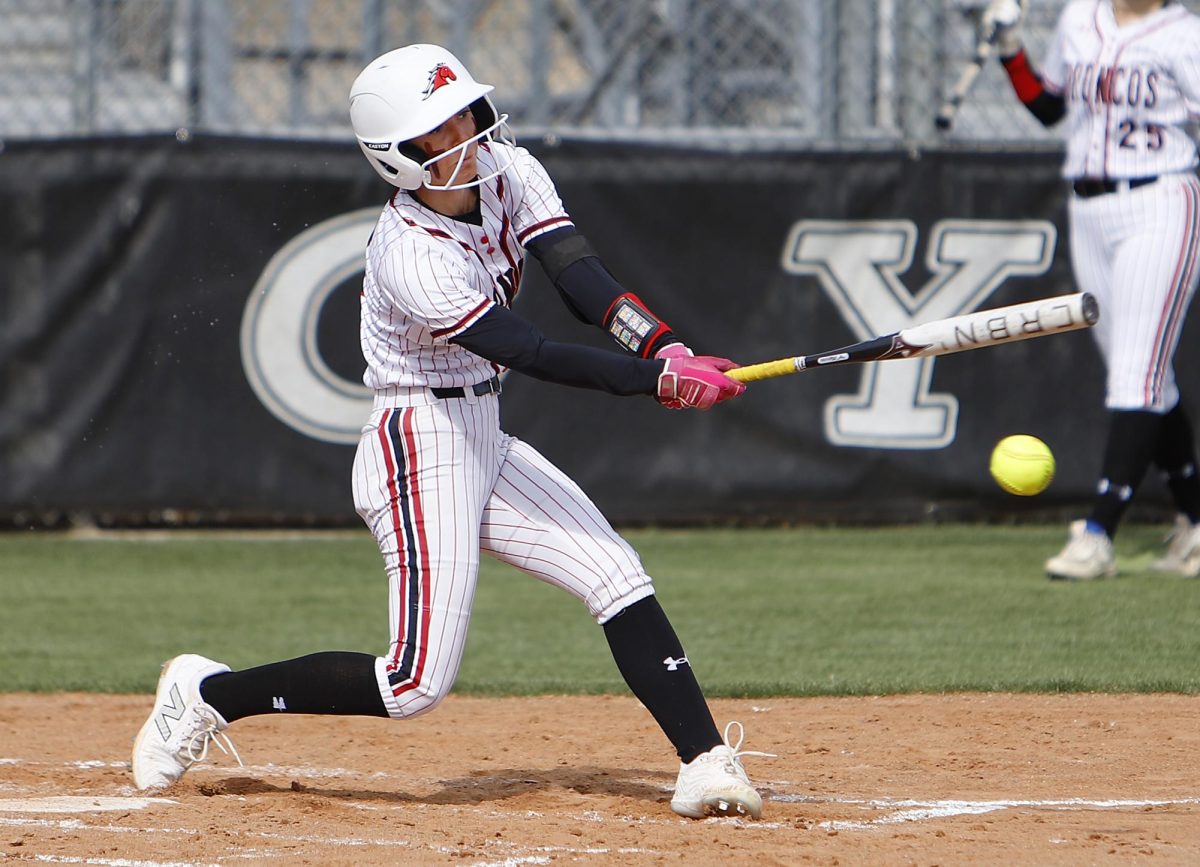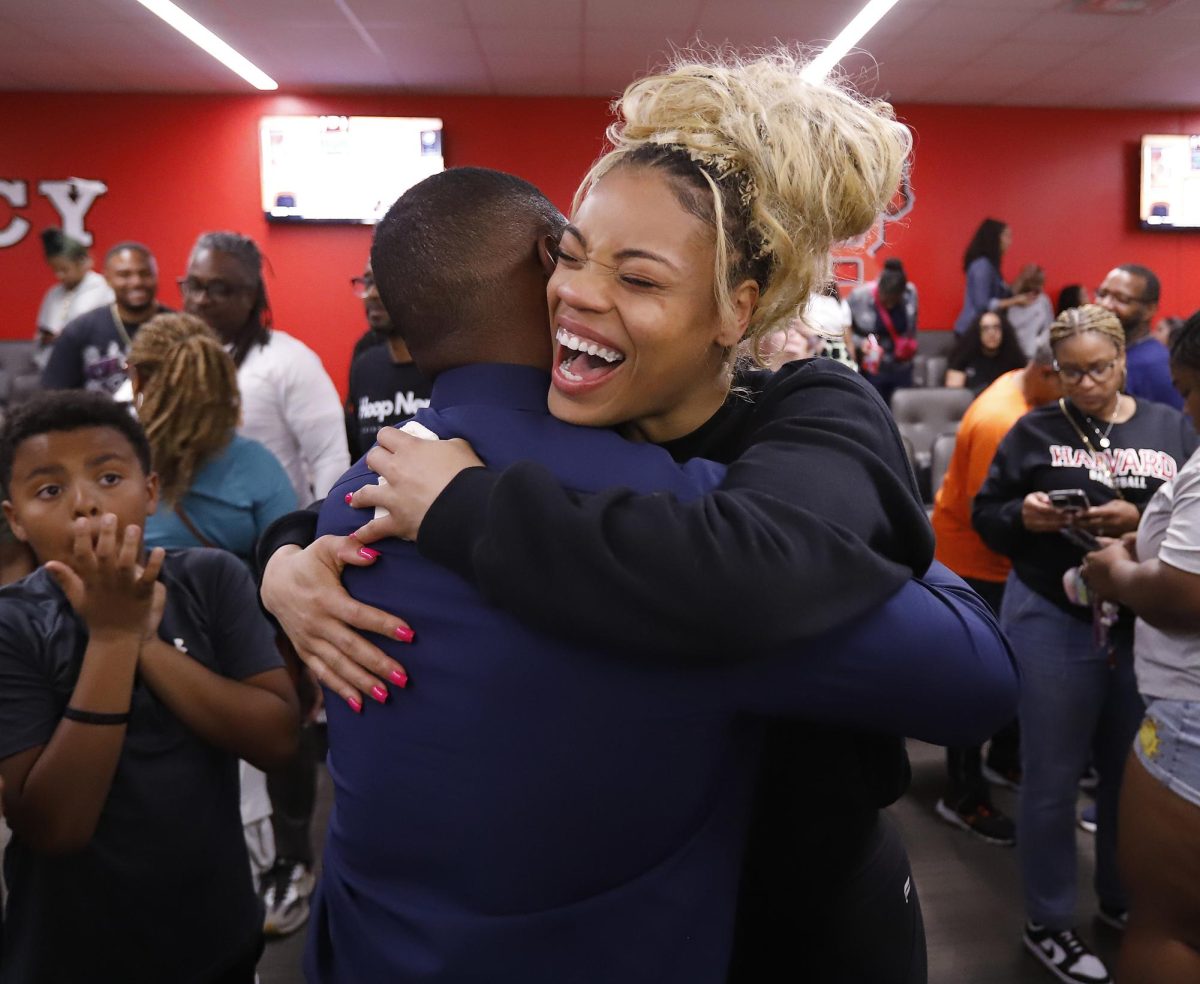Every day during lunch, students can come in to the library and race Spheros, baseball-sized robotic balls controlled by apps, using bluetooth from a phone or an iPad. Jumps and races are set up and organized in the library where students like freshman William Sullivan use the bots for a midday brain break.
“My friends were playing with them all week, so I started playing with them more,” Sullivan said. “It gives [us] something to do.”
MISD librarians now allow teachers to utilize five unique robotic kits in the classroom, including the Spheros. Funded by the “STEAMing Across the District” grant, these kits are available for usage to teachers through a first come, first serve sign-up sheet in the library. Librarian Pamela Pinkerton, who manages the robot kits at Legacy, is particularly excited about how the robots will help students.
“I think a lot of learning come through play and exploration, and the robots do that,” Ms. Pinkerton said. “It’s about student engagement.”
The mobile STEAM (Science, Technology, Engineering, Arts, and Math) Robotics Lab provides the kits to all of the schools and grades in the district. Ms. Pinkerton was one of eight librarians from across the district who requested the grant, and after receiving most of the order in January, are facilitating its usage and distribution throughout MISD.
“The kits that are in are being used already,” Ms. Pinkerton said. “It’s really cool.”
The high school level robots available in the program include the Spheros, Little Bits, magnetized pieces that wire together to form new creations, and Cubelets, small cubes that each perform a different task connect to each other to accomplish new ones. Designed for younger age groups, Dash & Dots and Blue Bots come as part of the kits.
“There’s a lot of things you can do with them,” Ms. Pinkerton said. “I’m excited to get my hands on them.”
Sullivan believes the robots will be welcome by students and teachers in the classroom and will allow teachers to grasp their students’ attention more easily.
“It’d be fun [to use them in the classroom],” Sullivan said. “It would be better than just normal class work.”



